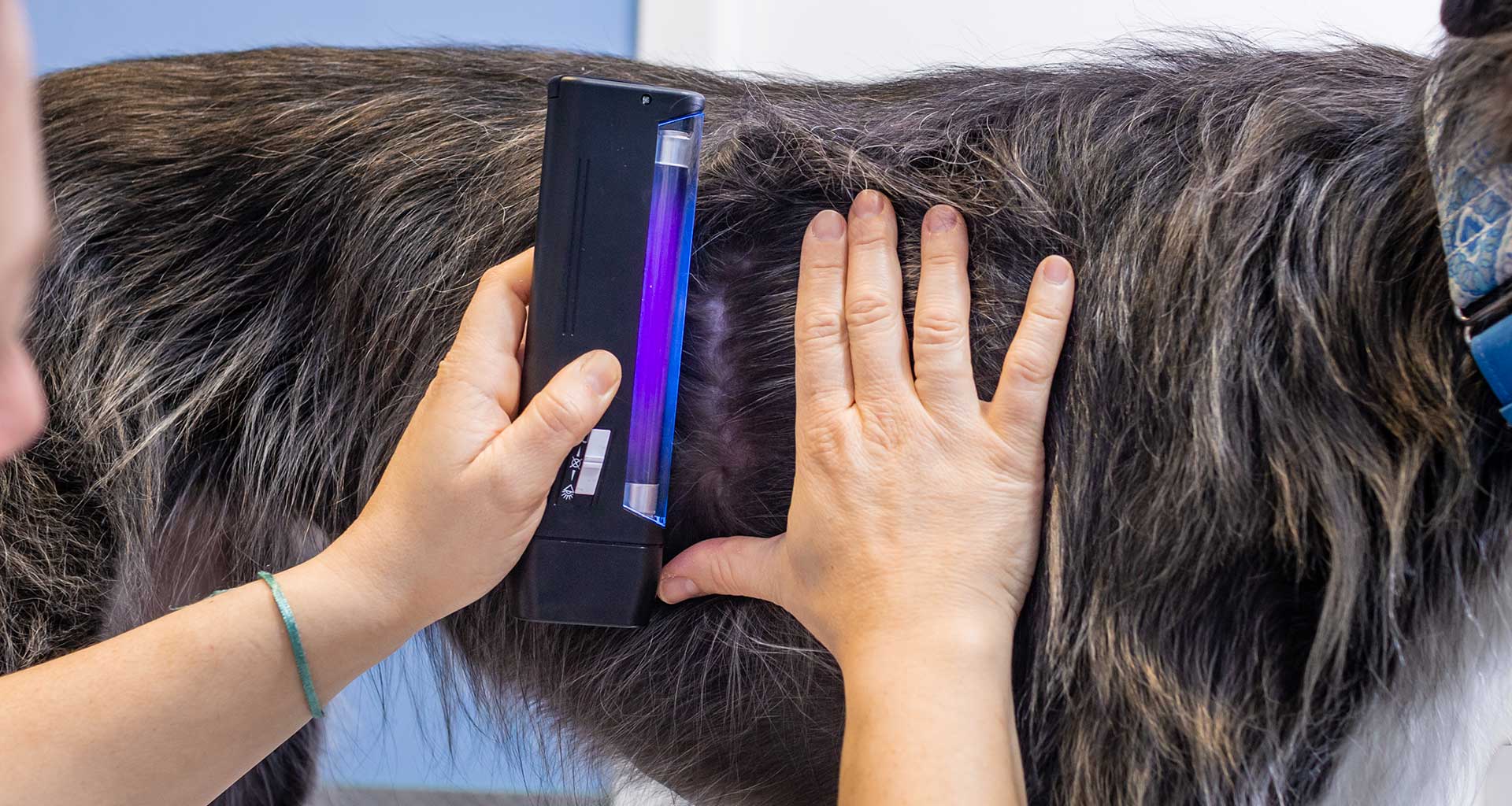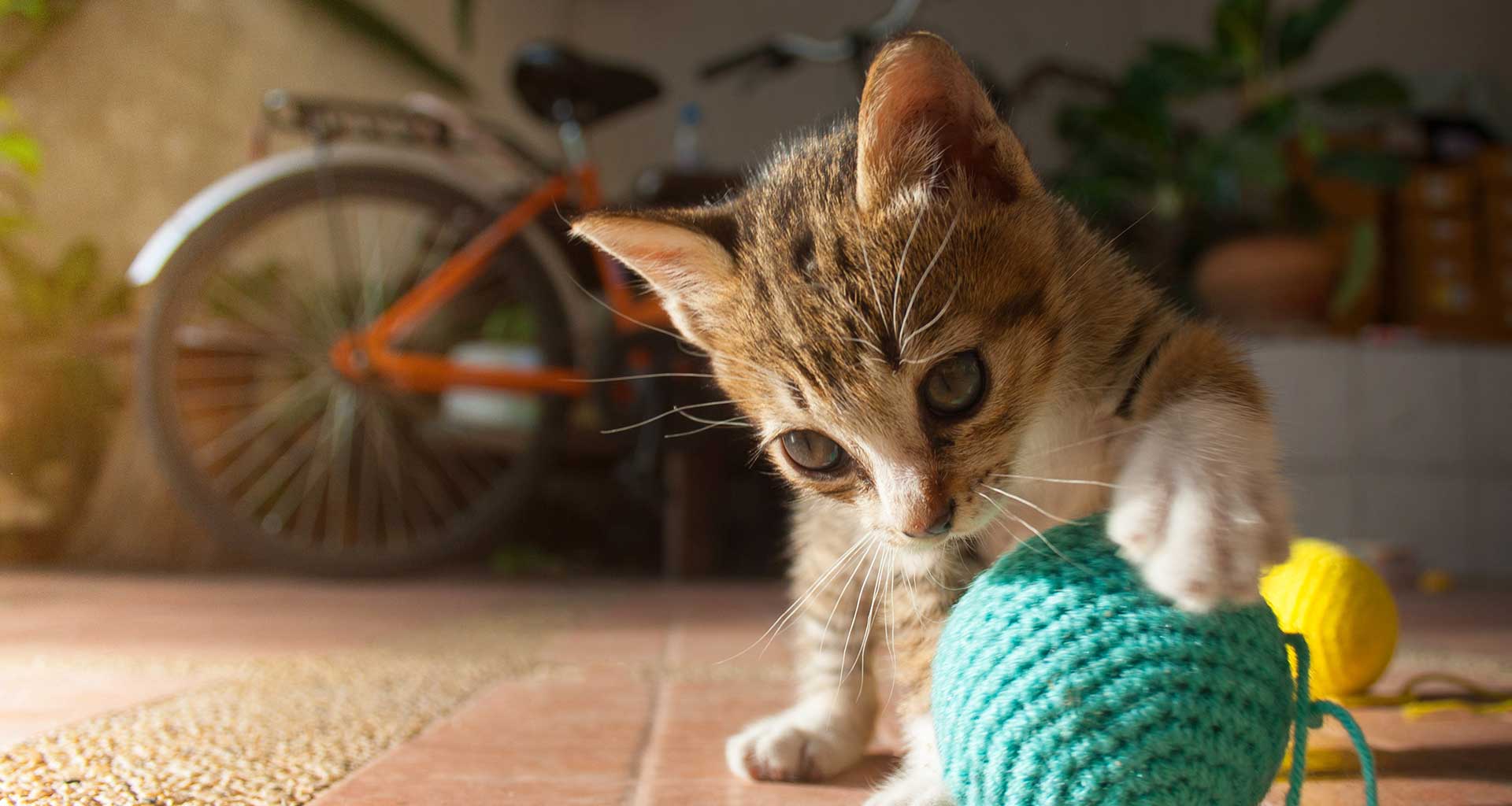A microchip is a tiny transponder (about the size of a grain of rice) implanted under the skin that permanently identifies your pet.
There are obvious benefits in having your pet permanently identified and traceable to you, and it is also compulsory to have this done for all dogs in New Zealand.
At Animal Health Centre we usually implant a microchip at the time of your pet’s 12 week vaccination – or sometimes when your pet is here for de-sexing at about 5 months old.
For cats, though microchip identification is not compulsory, it is a wise choice since cats lead a relatively free-ranging life and are prone to becoming lost or injured and sometimes end up at vet clinics or the SPCA without identification.
Registration of a pet with a microchip is done through the Hutt Council on the National Dog Data Base for dogs, and through the New Zealand Animal Registry in the case of cats. Clinic staff will instruct you about steps to take, it’s easy!

Is it the law to microchip your pet?
Yes, microchipping is compulsory. Depending on region there may be some exceptions around areas such as working dogs, but generally this is mandatory.
When must you microchip your pet?
You can microchip your pet as a puppy or kitten. Your vet will may do this as part of their initial consult (or suggest doing with desexings).
Benefits of microchipping your pet
- Sadly, many animals that end up in kennels and vet clinics are not recognised or identified and their owners are unable to be found.
- A lifelong method of identification offered by a microchip can easily reunite owners with wounded or abandoned pets.
- Unlike a conventional collar and tag, a microchip cannot be taken off or fall off.
How to microchip your animal
Microchips can only be implanted by authorised implanters, such as licensed veterinarians or authorised implanters who have undergone the necessary training.
Before implanting a microchip, implanters must scan the animal to make sure it has not previously chipped. Implanting a second microchip is not possible unless:
- The initial microchip is inoperative.
- The pet’s microchip has migrated outside of the scanning region; thus, the identification number cannot be picked up by the scanner.
Owners can microchip their pets at a veterinary office or a local microchip day in their city. If the owner was already paying the complete registration fees, then because of the discount for microchipped pets, the cost of microchipping will typically be repaid within the first few years by the cost savings.

More microchipping information
The certified registries that store the information will issue a certificate of identification. It’s essential to verify the accuracy of the data on the document by checking it.
The following people have access to the microchip registry’s data:
- By the animal’s owner
- By the authorised implanter
- Authorised government professionals
For additional information concerning microchipping, speak with your local council or veterinarian. If you have any concerns about your obligations and rights as a pet owner, get in touch with your local council.





